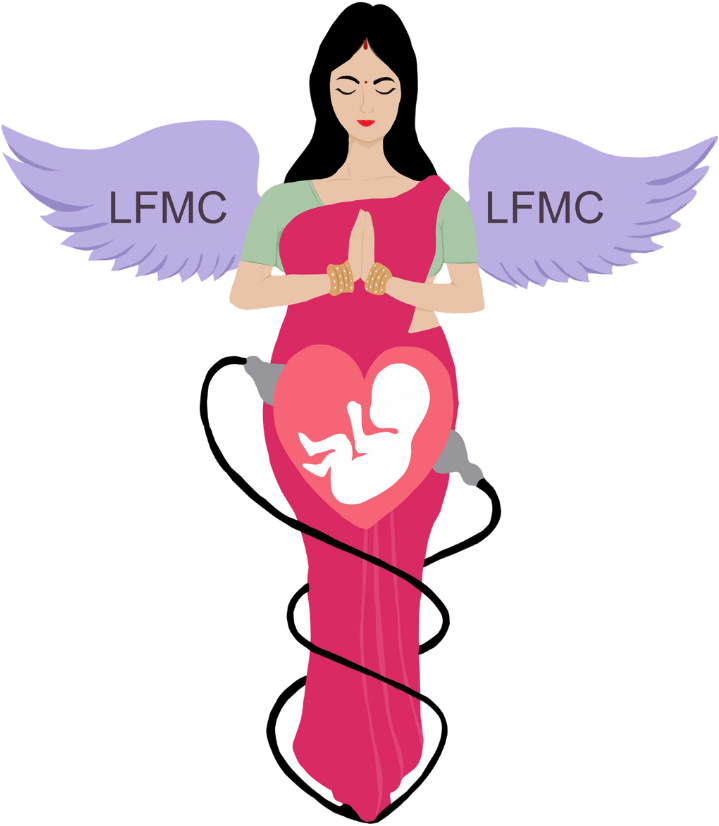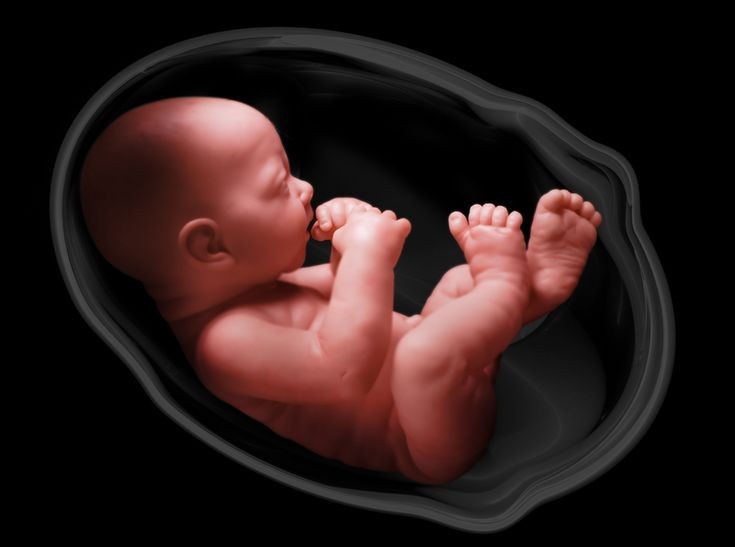What Is Infertility?
Infertility is commonly defined as the inability to conceive after one year of unprotected intercourse. For women over the age of 35, this period is shortened to six months due to the natural decline in fertility with age. It's important to remember that infertility doesn't only affect women; it’s a shared challenge between both partners. In fact, approximately one-third of infertility cases are attributed to female factors, one-third to male factors, and the remaining cases are due to a combination of both or unexplained reasons.
Common Causes of Infertility in Women
Infertility in women can be caused by various factors, often related to issues with ovulation, fallopian tubes, the uterus, or hormonal imbalances. Understanding the root cause of infertility is key to finding the right treatment and support.
- Ovulation Disorders: Ovulation is the process by which a woman’s ovaries release an egg each month. If ovulation doesn't occur regularly or at all, conception becomes difficult.
- Polycystic Ovary Syndrome (PCOS): This is one of the most common causes of ovulatory infertility. Women with PCOS often have irregular or absent menstrual cycles due to hormonal imbalances, making it harder for them to release an egg.
- Premature Ovarian Insufficiency (POI): POI, also known as early menopause, occurs when the ovaries stop functioning properly before the age of 40. This condition leads to a reduction in the number of eggs available for fertilization.
- Thyroid Issues: Both an overactive (hyperthyroidism) and underactive (hypothyroidism) thyroid can disrupt ovulation and lead to infertility.
- Fallopian Tube Damage: The fallopian tubes are responsible for transporting the egg from the ovary to the uterus. Any damage or blockage in the tubes can prevent this journey from happening, leading to infertility.
- Pelvic Inflammatory Disease (PID): Often caused by sexually transmitted infections, PID can result in scarring of the fallopian tubes.
- Endometriosis: This condition, where tissue similar to the uterine lining grows outside the uterus, can lead to inflammation, scarring, and blockages in the fallopian tubes.
- Previous Surgeries: Surgeries involving the pelvis or abdomen can sometimes result in scar tissue that impacts the fallopian tubes.
- Uterine or Cervical Problems: The uterus and cervix play essential roles in supporting a pregnancy. If there are structural or functional problems in these areas, infertility can result.
- Uterine Fibroids: Noncancerous growths in the uterus can interfere with the implantation of a fertilized egg or cause blockages in the reproductive tract.
- Uterine Polyps: These growths in the uterine lining can prevent the egg from implanting properly.
- Cervical Issues: Sometimes, the cervix may produce insufficient or hostile mucus, which prevents sperm from reaching the egg.
- Age-Related Factors: A woman’s age is one of the most critical factors affecting fertility. Women are born with a finite number of eggs, and as they age, both the quantity and quality of their eggs decline. By the age of 35, fertility begins to drop significantly, and by the age of 40, the chances of natural conception decrease even further.
Diagnosing Infertility in Women
If a couple has been trying to conceive for a year without success, it’s recommended that they seek help from a healthcare provider. For women over 35, waiting six months is typically advised before consulting a specialist. The diagnostic process may include the following steps:
- Medical History: A thorough review of the woman’s medical, reproductive, and family history helps identify potential causes of infertility.
- Ovulation Testing: Hormonal blood tests and ovulation predictor kits can confirm whether ovulation is occurring.
- Imaging Tests: Ultrasound or specialized X-rays like hysterosalpingography (HSG) may be used to examine the reproductive organs, including the uterus and fallopian tubes.
- Laparoscopy: This minimally invasive surgical procedure allows doctors to directly visualize the ovaries, fallopian tubes, and uterus, often used to diagnose conditions like endometriosis or scarring.
Treatment Options for Female Infertility
Thankfully, advances in medical science have created a variety of treatment options for women facing infertility. The choice of treatment depends on the underlying cause and the woman’s overall health. Here are some common treatments:
- Fertility Medications: If ovulation disorders are the primary cause, fertility drugs like clomiphene citrate (Clomid) or letrozole (Femara) may be prescribed. These drugs stimulate ovulation, increasing the chances of releasing eggs for fertilization. Women with PCOS often benefit from these medications.
- Intrauterine Insemination (IUI): IUI involves placing concentrated sperm directly into the uterus around the time of ovulation. This treatment is often used for mild male infertility, unexplained infertility, or women with minor cervical issues.
- In Vitro Fertilization (IVF): IVF is one of the most well-known fertility treatments. It involves fertilizing an egg with sperm outside the body in a laboratory, and then transferring the resulting embryo into the woman’s uterus. IVF is often recommended for women with blocked fallopian tubes, severe ovulation disorders, or when other treatments have failed.
- Surgery: In cases where physical abnormalities like fibroids or endometriosis are contributing to infertility, surgical interventions can be helpful. For example, removing fibroids or opening blocked fallopian tubes may restore fertility.
- Donor Eggs or Surrogacy: For women with poor egg quality or those who cannot carry a pregnancy, egg donation or surrogacy may be a viable option. With donor eggs, another woman’s eggs are fertilized and implanted into the recipient’s uterus. Surrogacy involves another woman carrying a pregnancy on behalf of the intended mother.
Facing infertility can be an emotionally challenging journey, but it’s important to remember that you are not alone. At our clinic, we’re committed to walking alongside you, offering compassionate care, advanced treatments, and personalised support. Whether you are just beginning your journey or have been searching for answers, our dedicated team is here to help you explore every option. Together, we can find the best path forward for your family’s future, offering both hope and expertise every step of the way.

